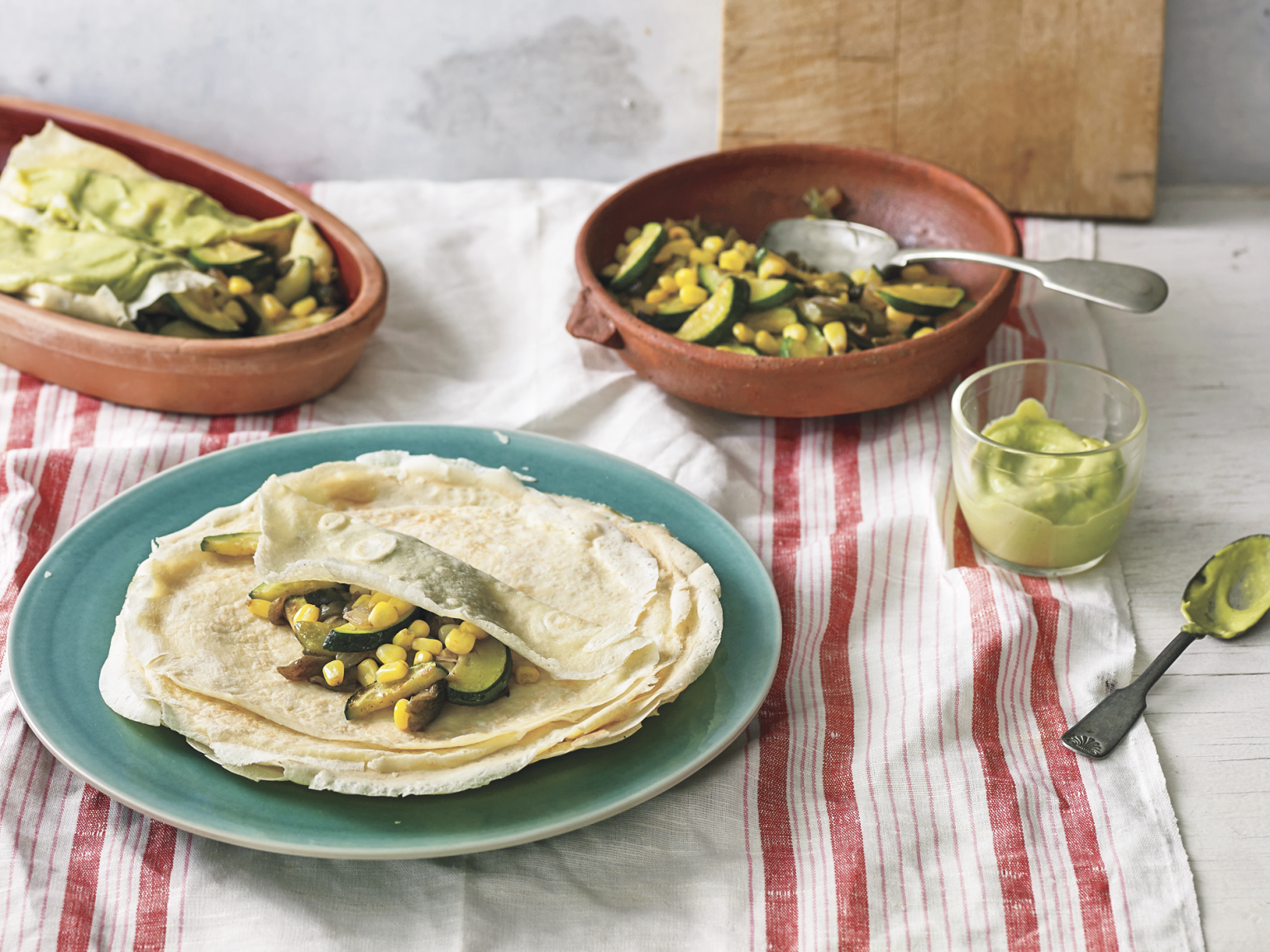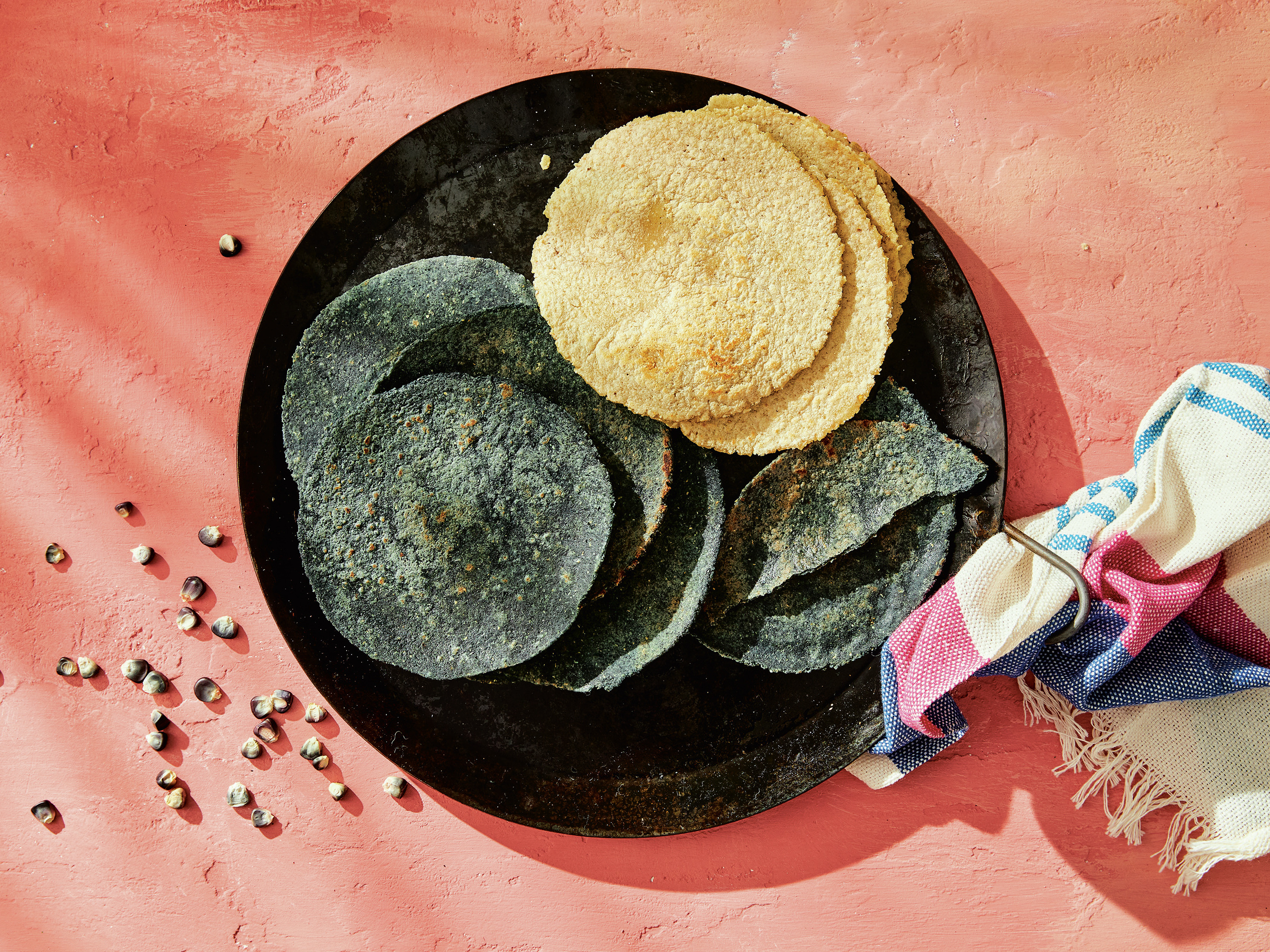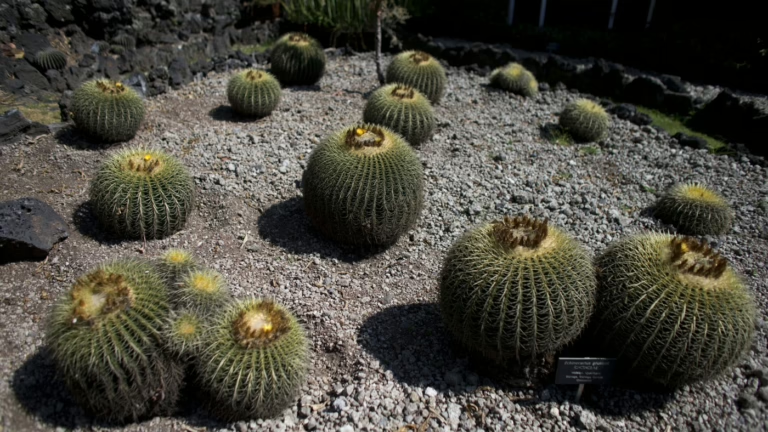Endangered barrel cactuses called biznaga thrive within the botanical gardens of Mexico City’s National Autonomous University.
Rebecca Blackwell/AP
hide caption
toggle caption
Rebecca Blackwell/AP
In Mexico City’s bustling Merced market, despite legal restrictions, you’ll find stacks of acitrón bars at nearly every vendor’s stall.
These resemble lemon-flavored confections but are actually crystallized chunks of barrel cactus, soaked in sugar until they harden into sweet treats.
Edith Hernández Torres, a local shop owner, carefully wraps her acitrón in cellophane, emphasizing its unique flavor that sets it apart from other candied fruits like pineapple or sweet potato.
“It has a chewy bite, almost like something roasted,” she explains.
The Mexican government outlawed the sale of acitrón in the early 2000s after discovering that the biznaga cactus, the source of this delicacy, was nearing extinction due to excessive harvesting.

Acitrón offered for sale at a vendor’s stall in Mexico City’s Merced market.
Eyder Peralta/NPR
hide caption
toggle caption
Eyder Peralta/NPR
Though Hernández is aware that selling acitrón is prohibited, she continues due to persistent customer demand. When questioned about the ethical implications of trading a product from an endangered species, she simply remarks, “Our entire planet is facing extinction.”
Nearby, María Julia Gutiette delicately lifts a bar of acitrón, handling it as if it were precious gold.
Her husband shares his birthday with Mexico’s Independence Day, September 16, and every year she purchases pears, peaches, pink pine nuts, and acitrón to prepare chiles en nogada, a cherished seasonal dish enjoyed from late summer through early fall.

“Traditions add flavor to life,” she reflects. “They’re the special touch that makes life memorable.”
Her eyes well up as she shares that she never experienced chiles en nogada as a child because the ingredients were too costly. After becoming a nurse and relocating to Mexico City, she saved up to afford this festive meal for her family.
“When you start earning your own money, you can splurge on special things,” she says. For Independence Day, she insists that chiles en nogada must include acitrón.
Slow-Growing Cacti and Their Fragile Existence
Within the botanical gardens of the National Autonomous University of Mexico, a dedicated section showcases barrel cacti, a plant deeply woven into Mexico’s history long before sugar was introduced by the Spanish.
These cacti are depicted in Aztec manuscripts, and their name derives from a Nahuatl term meaning “spiny pot.”

Salvador Arias, a biologist overseeing the gardens, explains that Mexico is home to over 150 biznaga species, most of which are now critically endangered in their natural habitats.
He points out the golden barrel cactus, whose spines resemble sun rays. The construction of a hydroelectric dam destroyed much of its native environment, nearly eradicating this species.

Barrel cactuses flowering at The Huntington gardens in San Marino, California.
Citizens of the Planet/Universal Images Group via Getty Images
hide caption
toggle caption
Citizens of the Planet/Universal Images Group via Getty Images
Some of these cacti are decades old, towering up to thigh height, while younger ones are no larger than a fist.
“These plants grow incredibly slowly,” Arias notes. “Their metabolism is so sluggish that they may only grow a few millimeters annually.”

Because of this slow growth, cultivating biznaga commercially is neither feasible nor lucrative, leading to continued wild harvesting and pushing many species to the brink of extinction.
“Still, I remain hopeful,” Arias says. “Cacti have adapted to survive in diverse environments before; I believe they can do so again.”
He gestures toward a collection of nopales, the cactus featured on the Mexican flag and a staple in everyday Mexican cuisine. Unlike biznaga, this species thrives thanks to a unique evolutionary trait.

“The nopal grows in segments, so people can harvest the newest pads without killing the entire plant,” he explains, highlighting its resilience compared to the biznaga.
A Culinary Symbol of Mexico
At the renowned Azul restaurant, chef Ricardo Muñoz Zurita prepares chiles en nogada without using acitrón, yet his rendition remains celebrated.
When the dish returns to the menu each August, the restaurant transforms: tablecloths turn black and silverware gleams gold, marking a revered tradition.
“This is an annual ceremony,” Muñoz Zurita shares.
 peppers, stuffed with meat, fruits, pine nuts, and topped with walnut cream sauce, pomegranate seeds, and parsley.” loading=”lazy”/>
peppers, stuffed with meat, fruits, pine nuts, and topped with walnut cream sauce, pomegranate seeds, and parsley.” loading=”lazy”/>
Chiles en nogada, a traditional Mexican dish enjoyed from August through early October, featuring poblano peppers filled with meat, pears, peaches, pine nuts, and sometimes acitrón, covered in a walnut cream sauce and garnished with pomegranate seeds and parsley.
Eyder Peralta/NPR
hide caption
toggle caption
Eyder Peralta/NPR
Waitstaff present a tray of poblano peppers adorned with green, white, and red ribbons. Once plated, the peppers are generously covered with a silky walnut sauce, reminiscent of melted white chocolate.
“This dish embodies the spirit of Mexico,” Muñoz says. “It tastes like the homeland, like freedom. It is Mexico on a plate.”

Muñoz follows a recipe dating back to 1821, the same dish served to independence leader Agustín de Iturbide in Puebla after the treaty that secured Mexico’s freedom was signed.
However, a few years ago, he replaced biznaga with candied chilacayote, a type of squash, in his recipe.

“Honestly, it doesn’t change the flavor,” he confirms. Blind taste tests showed no noticeable difference.
“But Mexicans are deeply connected to their traditions,” he adds. “If your grandmother or mother used acitrón, it’s understandable why you’d want to continue.”
Still, he feels a duty to avoid using it to help preserve barrel cacti in their natural habitats.
“Humans possess remarkable adaptability,” he reflects.
To protect the barrel cactus, he believes it’s crucial to rethink how we use it.



















